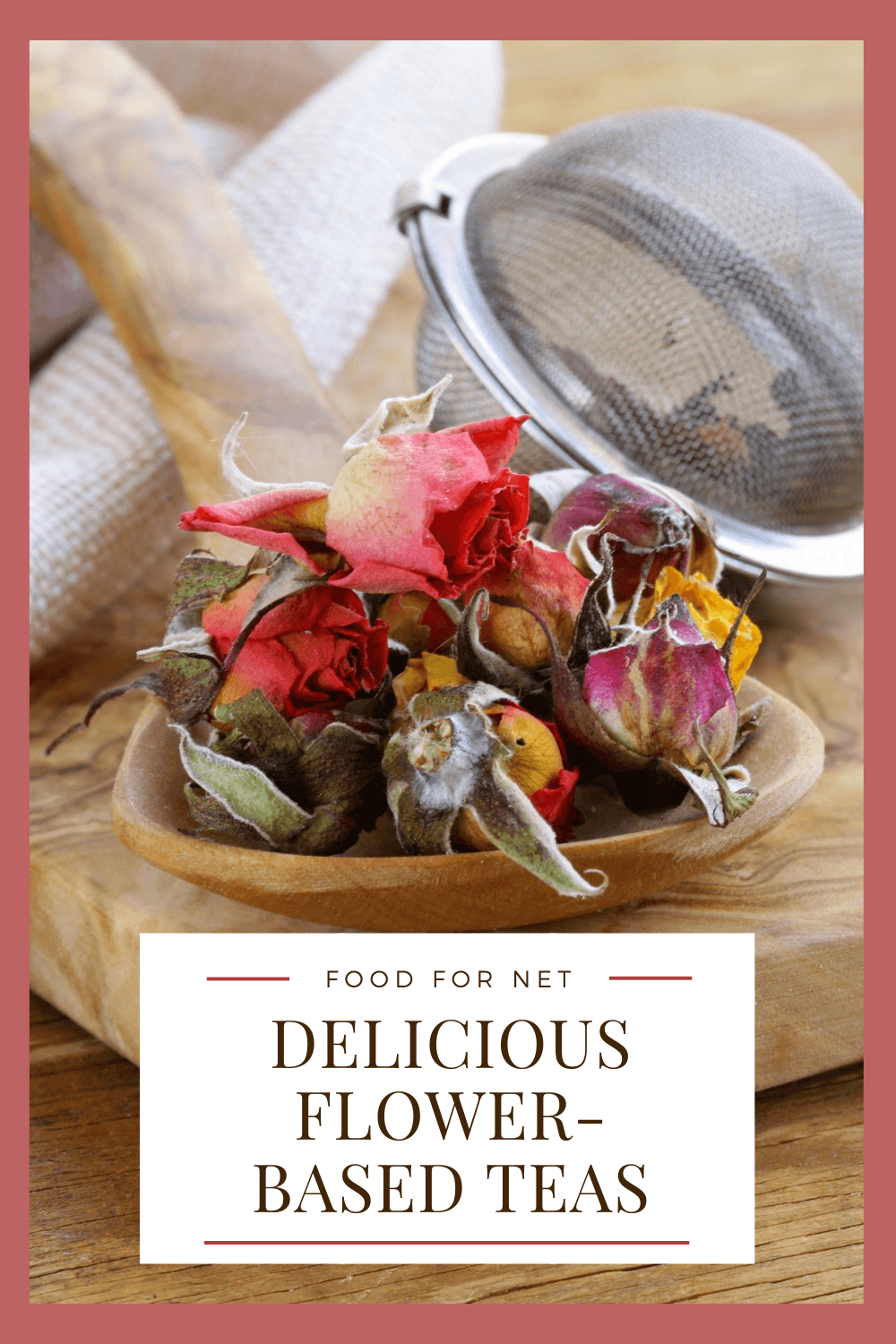
If you want to get technical about it, tea comes exclusively from the Camellia sinensis plant. This is what gives us the classics, including oolong, black tea, white tea, green tea, and matcha. Flower-based tea, on the other hand, doesn’t come from Camellia sinensis at all. The tea is made using flower petals, flower buds, or both.
You’ll sometimes see flower-based tea called a tisane instead. The term simply refers to an infusion of plant material in water, and can include spices, fruits, or flowers. The words tisane and tea are an easy way to distinguish between drinks that use tea leaves and those that don’t – but most of us don’t bother.
The term herbal tea tends to get used much more often, regardless of whether the tea uses herbs or not. The teas in this list can be considered a subset of herbal teas – as they’re all flower-based. We’re focusing on teas that just use flowers, rather than ones that include roots or other parts of the plant as well.
Many of these teas can be found as individual varieties or as part of a mixture. For example, many bedtime teas use chamomile, along with other ingredients that may help to promote sleep. Combinations like this may be more appealing than individual flower teas on their own, but you do lose some of the nuances that come with each plant.
And, as always, you’ll need to pay attention to the label of any product that you plan to buy. Companies sometimes include unexpected ingredients in their tea, ones that aren’t obvious from the front of the packet.
Flower-Based Teas
- Chamomile Tea
- Linden Tea
- Hibiscus Tea
- Rose Tea
- Dandelion Tea
- Violet Tea
- Echinacea Tea
- Elderflower Tea
- Chrysanthemum Tea
- Lavender Tea
- Honeysuckle Tea
- Osmanthus Tea
- Peach Blossom Tea
- Lily Tea
Chamomile Tea

There are several types of chamomile plant and they all come from the Asteraceae family. Roman chamomile and German chamomile are the most common types used to create tea.
The plants all produce small flowers that look a little like daisies. These flowers are then dried and become the basis of chamomile tea.
Chamomile tea is popular for its calming properties. It is often seen as a way to promote sleep, especially as the tea has also been linked to stress reduction. The flavor is best described as mild, bittersweet, with honey-like notes. The mild flavor tends to make this an easy tea to enjoy late at night.
Linden Tea

While linden tea isn’t nearly as well-known as chamomile, it does offer many of the same benefits. You’ll often see the tea used as a way to reduce anxiety, to calm down, and to improve sleep.
The tree is made from flowers of the linden tree. Or, more accurately, linden trees – as there are two species of linden tree that can be used to make this type of tea.
Regardless of the species, linden tea tends to be floral and sweet. It’s easy to enjoy on its own without any extra ingredients. You can even have it as iced tea.
The tea is generally made just using dried linden flowers. You can vary it up by including linden roots or leaves as part of the infusion. Doing so changes the flavor profile and also provides you with some extra nutrients.
Hibiscus Tea

There’s no getting past it – hibiscus tea looks amazing. The deep red color makes the tea an exciting choice. The flavor is stunning too, as the tea has a delicious sweet and tart combination. This combination of color and flavor is why there are so many different hibiscus iced tea recipes.
The tea has more to offer too, as it may help to decrease blood sugar levels, promote liver health, and more. The outcomes aren’t surprising either, as the deep red color of the drink means that it is rich in polyphenols.
Rose Tea

Rose tea is subtle and aromatic. The tea is made from the dried petals and buds of roses, so it tends to look pretty good too. The subtle flavor makes this a calming tea, one that could help reduce anxiety and stress. There is also a link to improving menstrual cramps and stress.
Perhaps the most interesting thing about this tea is that you can make it yourself by picking and drying rose petals. You can even make the tea from fresh rose petals, although the flavor profile changes when you use fresh petals rather than dried ones.
If you’re going to take this approach, make sure that you choose your rose petals carefully. They need to be free of pesticides, dew, and bugs. You’ll also need to wash the petals carefully before you use them.
This tea can vary in flavor and color depending on the type of rose that you choose. You’ll probably find that the tea is nicer with some types of roses than with others.
Dandelion Tea

Dandelion tea is often made from the root of the dandelion plant, but you can also make dandelion tea from dandelion flowers instead. Dandelions are a common plant, so this is an easy tea for you to make at home.
As with chamomile tea and rose tea, the tea is generally made from dried flowers. If you want to make the tea yourself, you would first need to pick the dandelions, wash the flowers and dry them. Once the flowers are fully dry, you can make the tea.
Violet Tea
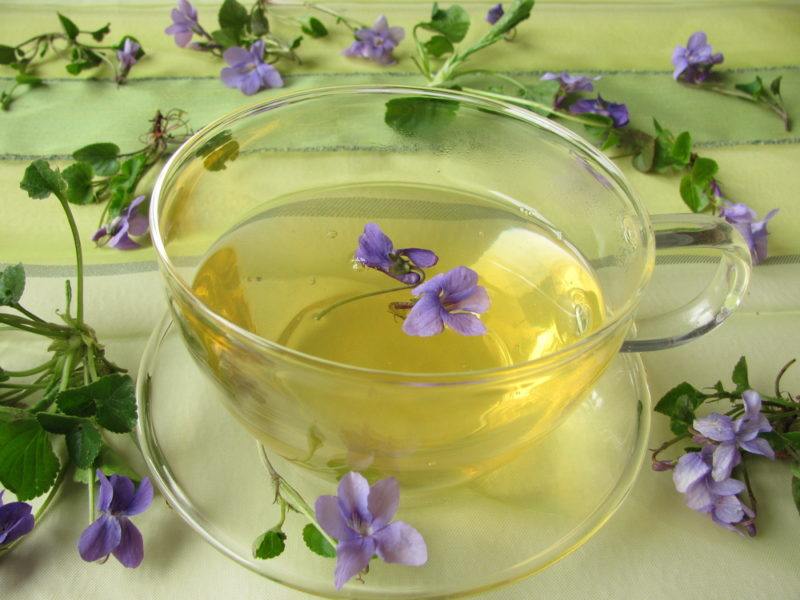
Violet tea relies on sweet violets, which are the small purple flowers that can be easily found in spring. The tea is thought to help with sore throats and skin conditions. It’s another tea that you can easily make at home, as long as you can find the flowers in your area.
Unfortunately, the tea itself doesn’t have an amazing flavor. Some people say that it tastes a little like spinach. You can add some lemon juice to make the tea more vibrant or include other types of flowers at the same time.
Using dried violets rather than fresh ones may improve the flavor profile of the tea. This is something you’ll need to experiment with yourself, as opinions vary about the taste of the tea.
Echinacea Tea

Echinacea is a bright flower that often goes by the name purple cornflower. It has a long history in Native American medicine. These days it can be found in many herbal teas and remedies, and is still thought to have health benefits.
Echinacea tea is often promoted as a way to protect you against colds and the flu in wintertime, by helping to boost your immune system. Echinacea may also help to decrease inflammation. This is another important effect, as chronic inflammation has been linked to various health problems.
Interestingly, the name echinacea doesn’t refer to just one species of plant. Instead, multiple individual species are part of the Echinacea genus and can be used to make the tea. This can lead to slight differences in the flavor of echinacea tea depending on the species that is used.
But, in general, echinacea tends to have a bold pine-like flavor, along with floral notes. The combination can be appealing to anyone who enjoys sweet teas. Honey is an easy way to make the tea more delicious still.
Some echinacea tea products may add other ingredients to make the flavor profile more interesting. Mint and lemongrass are both common choices. These complement echinacea tea well, creating a delicious drink that is easy to enjoy.
Elderflower Tea

Elderflowers have made their way into various types of drinks, including cordial, lemonade, and wine. Elderflower tea isn’t nearly as popular as those other uses of the flowers. This is a pity, as the tea tastes lovely and is good for you too.
Like echinacea tea, elderflower tea is thought to help in fighting the flu. Drinking a cup or two of the tea when you first see symptoms might help you to recover faster.
Unlike echinacea, you don’t need to add various ingredients to make elderflower tea taste good. The tea has a delightful floral flavor that is completely fine on its own.
If you’re harvesting elderflowers to make this tea yourself, be sure to choose healthy flowers that aren’t likely to be polluted. Doing so is always important and is even more so for elderflowers, as it’s generally best to avoid washing the flowers. You lose too much of the aroma if you wash the flowers, which isn’t good news for your tea.
Chrysanthemum Tea

Chrysanthemum tea is a popular choice in China and is becoming more well-known in other parts of the world too. This particular tea is largely chosen for its potential health benefits, rather than flavor, as the tea has a long history in Chinese medicine.
The tea may help with things like high blood pressure, inflammation, cold and flu symptoms, dizziness, diabetes, acne, and even cancer. Not surprisingly, there is limited evidence for many of these claims, but many people are passionate about the drink anyway.
The tea itself tastes a little like chamomile. It has the same slightly sweet notes, along with a distinct herbal flavor. While some people love the flavor profile, others find that the tea is an acquired taste.
Pay close attention to any reactions when you first try the tea, as people with a ragweed allergy may react to the tea. People with compromised immune systems may experience side effects too.
Lavender Tea

Lavender tea is often promoted as a detox tea, one that may help to remove damaging compounds from your body. It also has mild laxative and diuretic functions. While these aren’t extreme, some people may find that they can’t have the tea too late at night.
The tea can be simply made by brewing lavender buds with hot water. Allow the buds to steep for around 10 minutes, then you’re good to go.
This is one of the easiest flower-based teas to make, as you don’t need to dry the lavender buds first. You can just rely on fresh ones instead.
Some companies produce lavender tea too, so you may be able to buy the tea at a local store. If you do so, be sure to check what the tea contains. Some products will just rely on lavender buds, while others may combine lavender with black tea or other ingredients.
Honeysuckle Tea

Honeysuckle creates a pale tea that is lightly floral and quite sweet. This sweetness makes for a delicious tea. You shouldn’t need to add any sweetener to it and might even squeeze some lemon juice in to balance the flavor.
This is another floral tea that you can make with fresh flowers. It’s a fast tea to prepare too, as you’ll generally just need to steep the flowers for a few minutes. Bruising the flowers first helps to release the flavors into your drink.
Osmanthus Tea
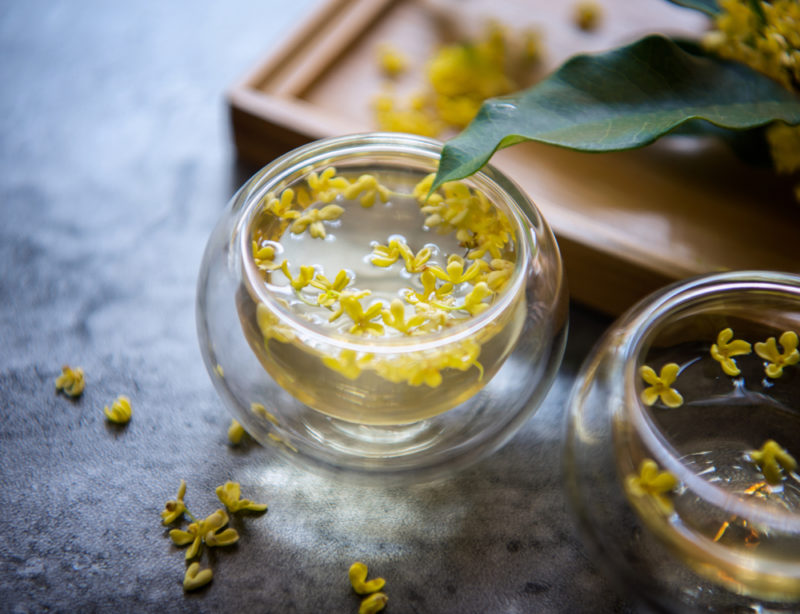
Osmanthus tea comes from Southern China and is made from a tiny yellow-gold flower. The tea has an apricot-like aroma that has fruity and floral notes. There can be some variation in the flavor, but in general, osmanthus tends to be slightly bitter-sweet.
The tea can be a little unexpected when you first try it, as the flavor is more intense than is suggested by the small yellow flowers and the light color of the tea. The intensity isn’t a bad thing at all, as it simply makes the tea stand out more.
Peach Blossom Tea

This tea is a Korean specialty and is simply made from dried peach blossoms. These are steeped for between five and ten minutes. The tea is sometimes promoted as a way to detox and to improve the health of your skin.
While the tea can be enjoyed on its own, you’ll also see products that include peach blossoms and other ingredients to create a more complex flavor profile.
Lily Tea

The final tea on this list is another relatively uncommon one. The tea, as you can guess, is made from the flowers of lilies. There are multiple types of lilies out there, so the flavor and color of the tea will vary depending on the type of lily that you’re using.
You’ll often see lily petals used as part of blooming teas, as they look appealing and create a lovely color in the finished tea. You can also combine lily with black tea to add a floral aspect to black tea.
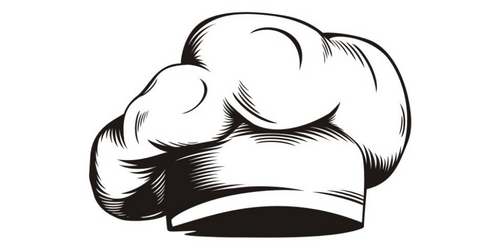
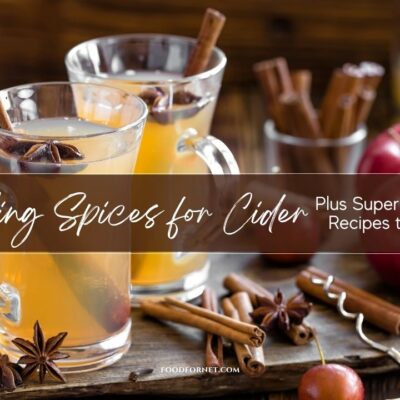



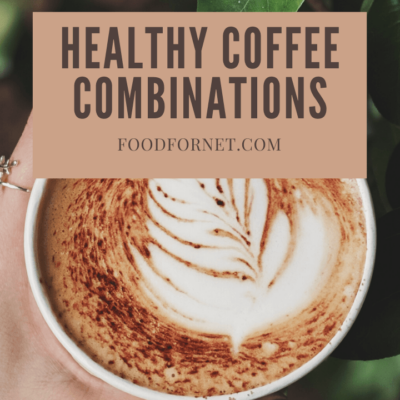




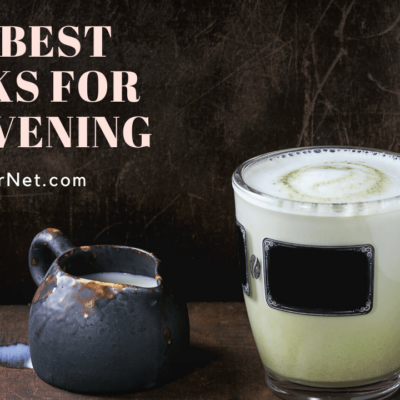

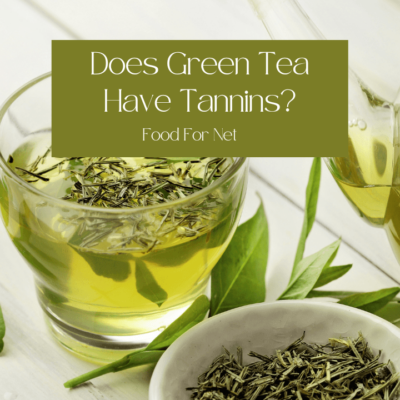

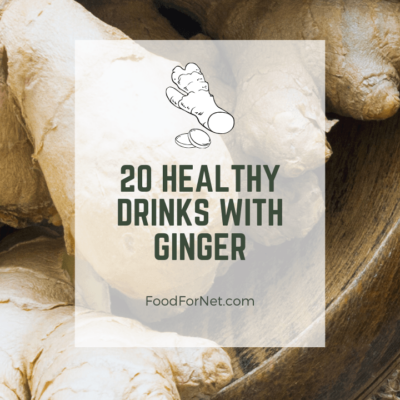

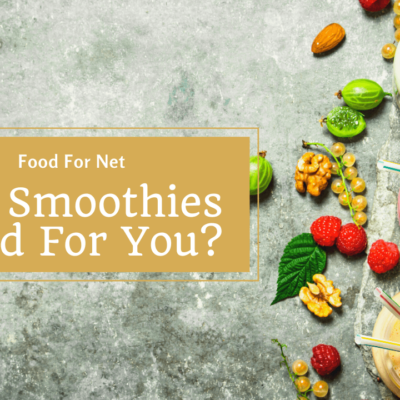
 7 Smooth Shave of the Month Clubs
7 Smooth Shave of the Month Clubs
Leave a Reply